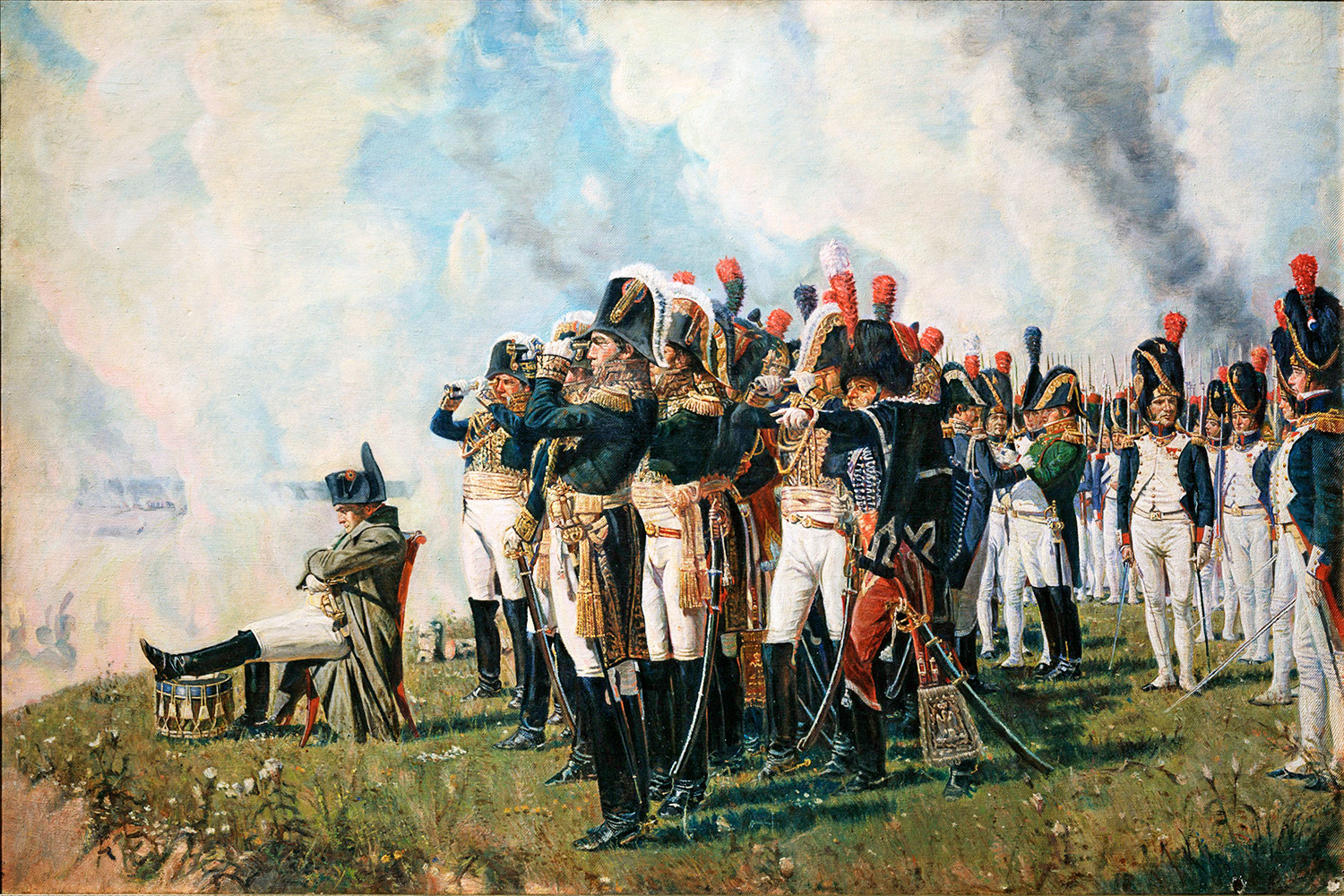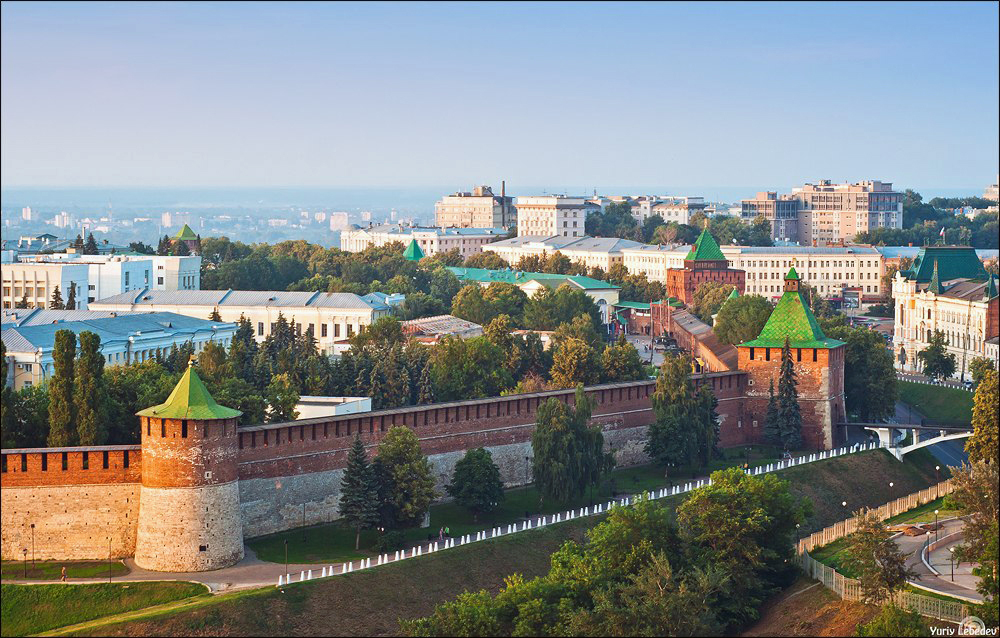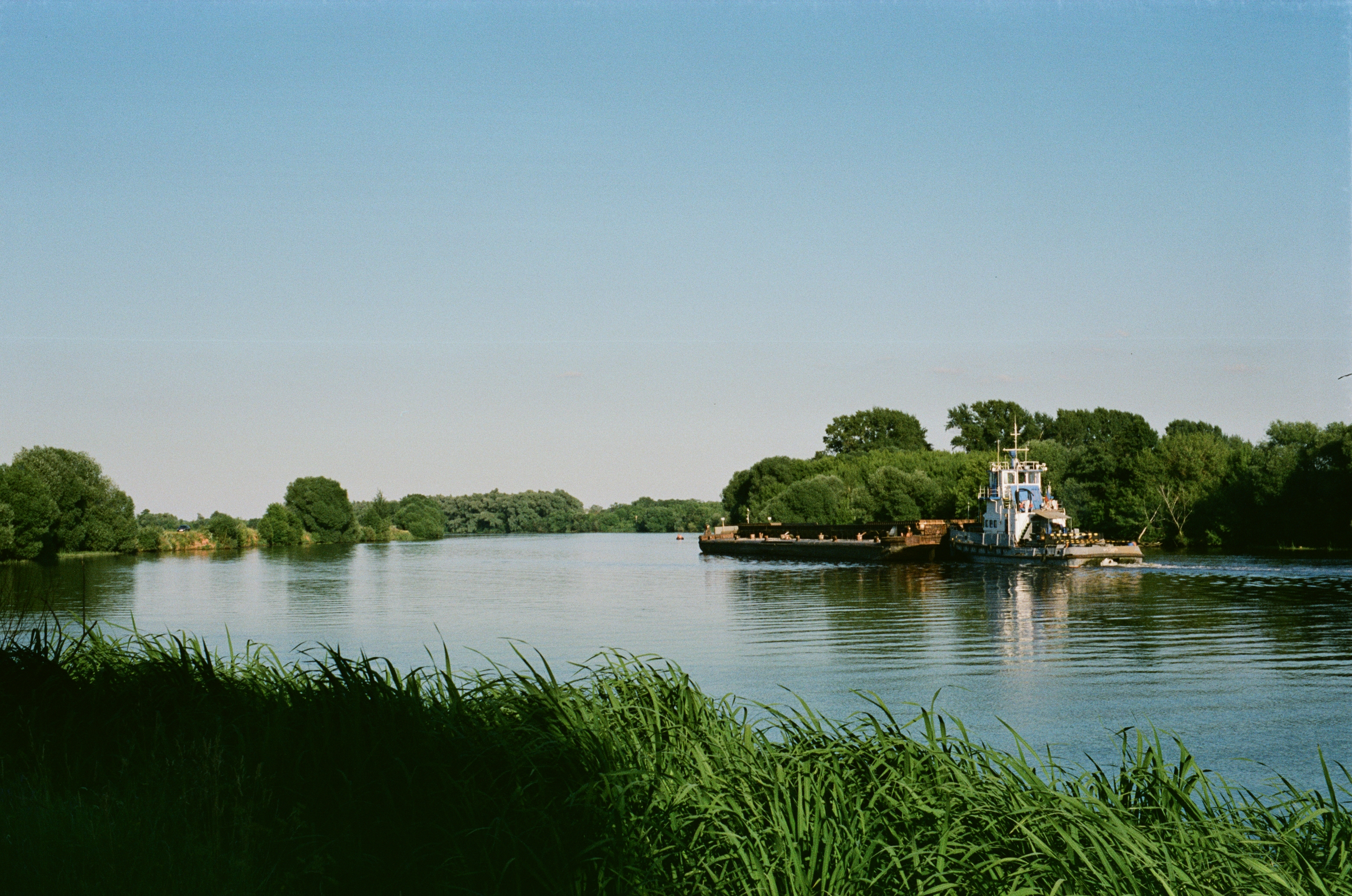|
Mozhaysk
MozhayskAlternative transliterations include ''Mozhaisk'', ''Mozhajsk'', ''Mozhaĭsk'', and ''Možajsk''. ( rus, Можа́йск, p=mɐˈʐajsk) is a town and the administrative center of Mozhaysky District in Moscow Oblast, Russia, located to the west of Moscow, on the historic road leading to Smolensk and then to Poland. Population: History First mentioned in 1231 as an appanage of Chernigov; A theory says Mozhaysk took its name from the Mozhay (Mozhaya) River, whose name could be of Baltic origin (compare Lithuanian ''mažoji'' "small" - in contrast to the larger Moskva River nearby). Later Mozhaysk became an important stronghold of the Smolensk dynasty, in the 13th century ruled by Duke (later Saint) Theodore the Black. Muscovites seized Mozhaysk in 1303, but in the course of the following century had serious troubles defending it against Algirdas (Grand Duke of Lithuania from 1345 to 1377). A younger brother of the ruling Grand Duke of Moscow usually held the Principality o ... [...More Info...] [...Related Items...] OR: [Wikipedia] [Google] [Baidu] |
Mozhaysky District, Moscow Oblast
Mozhaysky District (russian: Можа́йский райо́н) is an administrativeLaw #11/2013-OZ and municipalLaw #95/2005-OZ district (raion), one of the thirty-six in Moscow Oblast, Russia. It is located in the west of the oblast and borders with Smolensk Oblast in the west, Kaluga Oblast in the south, Shakhovskoy District in the north, Volokolamsky District in the northeast, Ruzsky District in the east, and with Naro-Fominsky District in the southeast. The area of the district is . Its administrative center is the town of Mozhaysk. Population: 72,745 ( 2010 Census); The population of Mozhaysk accounts for 43.1% of the district's total population. Geography The territory of the district is mostly hilly with the highest point of about above sea level. Major rivers include the Moskva, the Protva, the Luzha The Luzha (russian: Лужа), a river in Kaluga Oblast in Russia, originates in Moscow Oblast. It is a right tributary of the Protva (in the Oka river basin). [...More Info...] [...Related Items...] OR: [Wikipedia] [Google] [Baidu] |
Moscow Oblast
Moscow Oblast ( rus, Моско́вская о́бласть, r=Moskovskaya oblast', p=mɐˈskofskəjə ˈobləsʲtʲ), or Podmoskovye ( rus, Подмоско́вье, p=pədmɐˈskovʲjə, literally "under Moscow"), is a federal subject of Russia (an oblast). With a population of 7,095,120 ( 2010 Census) living in an area of , it is one of the most densely populated regions in the country and is the second most populous federal subject. The oblast has no official administrative center; its public authorities are located in Moscow and Krasnogorsk (Moscow Oblast Duma and government), and also across other locations in the oblast.According to Article 24 of the Charter of Moscow Oblast, the government bodies of the oblast are located in the city of Moscow and throughout the territory of Moscow Oblast. However, Moscow is not named the official administrative center of the oblast. Located in European Russia between latitudes 54° and 57° N and longitudes 35° and 41° E ... [...More Info...] [...Related Items...] OR: [Wikipedia] [Google] [Baidu] |
Saint Nicholas Of Mozhaysk
Saint Nicholas of Mozhaysk, or Nikola of Mozhaysk (russian: Никола Можайский), is a Russian variation of the Saint Nikolaus traditions. According to the legend, during the 14th-century siege of Mozhaysk city by Mongols, the residents prayed to Saint Nicholas, who announced himself as a huge figure holding a sword in the right hand and the city of Mozhaisk on the palm of the left hand. After seeing such a frightful vision the Mongols retreated. The grateful citizen erected a wooden monument to Saint Nicholas as he was seen during his announcement. The motive became a popular plot for Russian icons and high-reliefs. Nicholas in Estonia According to folklore researcher, Hele Bome, Saint Nikolai of Mozhaisk is remembered in an icon sculpted in high-relief. This icon became most popular as a protective image, especially favored by Setu peoples, who sometimes venerate the icon with loaves of bread or cream, and who often seek blessings on their agriculture and cattle-rai ... [...More Info...] [...Related Items...] OR: [Wikipedia] [Google] [Baidu] |
Treaty Of Mozhaysk
The Treaty of Mozhaysk (also Moshaisk or other transliterations of Можайск) was a Danish-Russian treaty concluded on 7 August 1562, during the Livonian War. While not an actual alliance, the treaty confirmed the amicable Dano-Russian relation and obliged the parties to not support the other parties in the war, to respect each other's claims in Old Livonia, and to grant free passage to each other's merchants. By 1562, Frederick II of Denmark and Ivan IV of Russia were two of several parties claiming superiority rights in Livonia, none of whom was able to decide the conflict for themselves. Instead of engaging in open war, Frederick II and Ivan IV preferred to uphold the long tradition of amicable Dano-Russian relations. The treaty has been noted for the circumstances that a European great power met the Russian tsardom on equal footing, and that no prior military decision forced the parties to conclude it. In practice, the treaty was not wholly implemented. This was in par ... [...More Info...] [...Related Items...] OR: [Wikipedia] [Google] [Baidu] |
French Invasion Of Russia
The French invasion of Russia, also known as the Russian campaign, the Second Polish War, the Army of Twenty nations, and the Patriotic War of 1812 was launched by Napoleon Bonaparte to force the Russian Empire back into the continental blockade of the United Kingdom. Napoleon's invasion of Russia is one of the best studied military campaigns in history and is listed among the most lethal military operations in world history. It is characterized by the massive toll on human life: in less than six months nearly a million soldiers and civilians died. On 24 June 1812 and the following days, the first wave of the multinational crossed the Niemen into Russia. Through a series of long forced marches, Napoleon pushed his army of almost half a million people rapidly through Western Russia, now Belarus, in an attempt to destroy the separated Russian armies of Barclay de Tolly and Pyotr Bagration who amounted to around 180,000–220,000 at this time. Within six weeks, Napoleon lost ha ... [...More Info...] [...Related Items...] OR: [Wikipedia] [Google] [Baidu] |
Battle Of Borodino
The Battle of Borodino (). took place near the village of Borodino on during Napoleon's invasion of Russia. The ' won the battle against the Imperial Russian Army but failed to gain a decisive victory and suffered tremendous losses. Napoleon fought against General Mikhail Kutuzov, whom the Emperor Alexander I of Russia had appointed to replace Barclay de Tolly on after the Battle of Smolensk. After the Battle of Borodino, Napoleon remained on the battlefield with his army; the Imperial Russian forces retreated in an orderly fashion southwards. Because the Imperial Russian army had severely weakened the ', they allowed the French occupation of Moscow since they used the city as bait to trap Napoleon and his men. The failure of the ' to completely destroy the Imperial Russian army, in particular Napoleon's reluctance to deploy his guard, has been widely criticised by historians as a huge blunder, as it allowed the Imperial Russian army to continue its retreat into territory in ... [...More Info...] [...Related Items...] OR: [Wikipedia] [Google] [Baidu] |
Kremlin (fortification)
A kremlin ( rus, кремль, r=kreml', p=ˈkrʲemlʲ, a=LL-Q7737 (rus)-Cinemantique-кремль.wav) is a major fortified central complex found in historic Russian cities. This word is often used to refer to the most famous one, the Moscow Kremlin, or metonymically to the government that is based there. Other such fortresses are called ''detinets'', such as the Novgorod Detinets. Etymology The Russian word is of uncertain origin. Different versions include the word originating from the Turkic languages, the Greek language or from Baltic languages. The word may share the same root as ''kremen (russian: кремень, , "flint"). History Kremlins in Rus' The Slavs began to build fortresses to protect their lands from enemies in the ninth century. It is known that the Scandinavians called the Slavic lands the land of fortresses—"Garðaríki, Gardariki". Arabic geographer Al-Bakri wrote: "And that is how the Slavs build a large part of their fortresses: they head for mead ... [...More Info...] [...Related Items...] OR: [Wikipedia] [Google] [Baidu] |
Moskva River
The Moskva (russian: река Москва, Москва-река, ''Moskva-reka'') is a river running through western Russia. It rises about west of Moscow and flows roughly east through the Smolensk and Moscow Oblasts, passing through central Moscow. About southeast of Moscow, at the city of Kolomna, it flows into the Oka, itself a tributary of the Volga, which ultimately flows into the Caspian Sea. History In addition to Finnic tribes, the Moskva River is also the origin of Slavic tribes such as the Vyatichi tribe. Etymology ''Moskva'' and ''Moscow'' are two different renderings of the same Russian word ''Москва''. The city is named after the river. Finnic Merya and Muroma people, who originally inhabited the area, called the river ''Mustajoki'', in English: ''Black river''. It has been suggested that the name of the city derives from this term, although several theories exist. To distinguish the river and the city, Russians usually call the river ''Moskva-reka'' ( ... [...More Info...] [...Related Items...] OR: [Wikipedia] [Google] [Baidu] |
Principality Of Smolensk
The Principality of Smolensk (eventually Grand Principality of Smolensk) was a Kievan Rus' lordship from the 11th to the 16th century. Until 1127, when it passed to Rostislav Mstislavich, the principality was part of the land of Kiev. The principality gradually came under Lithuanian influence and was incorporated into the Grand Duchy of Lithuania in 1404. The principality was reorganized into the Smolensk Voivodeship in 1508. The Grand Duchy of Moscow controlled the city from 1514 to 1611, then it was recaptured by the Polish–Lithuanian Commonwealth. Tsardom of Russia recaptured the city in 1654. History Descendants of Grand Prince Iaroslav I of Kiev (died 1054) ruled the principality until 1125. Following the death of Vladimir Monomakh, Grand Prince of Kievan Rus', Vladimir's son Mstislav I Vladimirovich became the Rus' over-king and Mstislav's own son Rostislav Mstislavich became Prince of Smolensk (ruled 1125–1160). The principality gained its own Orthodox bishopric under ... [...More Info...] [...Related Items...] OR: [Wikipedia] [Google] [Baidu] |
Theodore The Black
Duke Theodore Rostislavich nicknamed Theodore the Black (c. 1230s – 1298), Феодор Ростиславич Чёрный (Чёрмный) or Fyodor the Black in Russian ( Fyodor or Fedor being the Russian version of Theodore), is a saint of the Russian Orthodox Church and was a ruler of Smolensk and Yaroslavl. The alternative interpretation of his nickname is Theodore the Beautiful. Biography Early Years His father, Prince Rostislav Mstislavovich of Smolensk, died in 1240. Since his birth, Theodore was a Duke of Mozhaysk. In 1260 Theodore married Maria Vasilievna (born between 1243-1249), the daughter of Prince Basil of Yaroslavl. Contemporary research indicates, that her actual name was Anastasia, and only after the 16-17th centuries changed in fasti by mistake. Through marriage Theodore became prince of Yaroslavl, however, the actual power was concentrated in hands of Princess Xenia of Yaroslavl, Maria's mother. With this wife Theodore had two daughters and a son, Mic ... [...More Info...] [...Related Items...] OR: [Wikipedia] [Google] [Baidu] |
Livonian War
The Livonian War (1558–1583) was the Russian invasion of Old Livonia, and the prolonged series of military conflicts that followed, in which Tsar Ivan the Terrible of Russia (Muscovy) unsuccessfully fought for control of the region (present-day Estonia and Latvia). The Tsardom of Russia (Muscovy) faced a varying coalition of the Dano-Norwegian Realm, the Kingdom of Sweden, and the Union (later Commonwealth) of the Grand Duchy of Lithuania and the Kingdom of Poland. From 1558 to 1578, Russia controlled the greater part of the region with early military successes at Dorpat (Tartu) and Narwa (Narva). The dissolution of the Livonian Confederation brought Poland–Lithuania into the conflict, and Sweden and Denmark intervened between 1559 and 1561. Swedish Estonia was established despite continuing attacks from Russia, and Frederick II of Denmark bought the old Bishopric of Ösel–Wiek, which he placed under the control of his brother Magnus of Holstein. Magnus attemp ... [...More Info...] [...Related Items...] OR: [Wikipedia] [Google] [Baidu] |
Zvenigorod
Zvenigorod (russian: Звени́город) is an old town in Moscow Oblast, Russia. Population: History The town's name is based either on a personal name (cf. Zvenislav, Zvenimir) or on a hydronym (cf. the Zvinech, Zvinyaka, Zveniga Rivers); the derivation from "town of ringing (bells)" is a folk etymology. The community has existed since the 12th century, although its first written mention is dated around 1339, in the last will of Grand Duke of Moscow Ivan I Daniilovich Kalita, in which he says: "Thus, I pass on to my son Ivan: Zvenigorod, Kremchina, Ruza..." In the historical records, or annals ( лéтопись etopis'in Russian), Zvenigorod is first mentioned around 1382, soon after khan Tokhtamysh burnt down Moscow, and destroyed a number of towns on the way, including Zvenigorod. Zvenigorod rose to prominence in the late 14th century after it was bequeathed by Dmitry Donskoy to his second son Yuri, who founded his residence on the steep bank of the Moskva River ... [...More Info...] [...Related Items...] OR: [Wikipedia] [Google] [Baidu] |






.png)
_-_detail_04.jpg)

